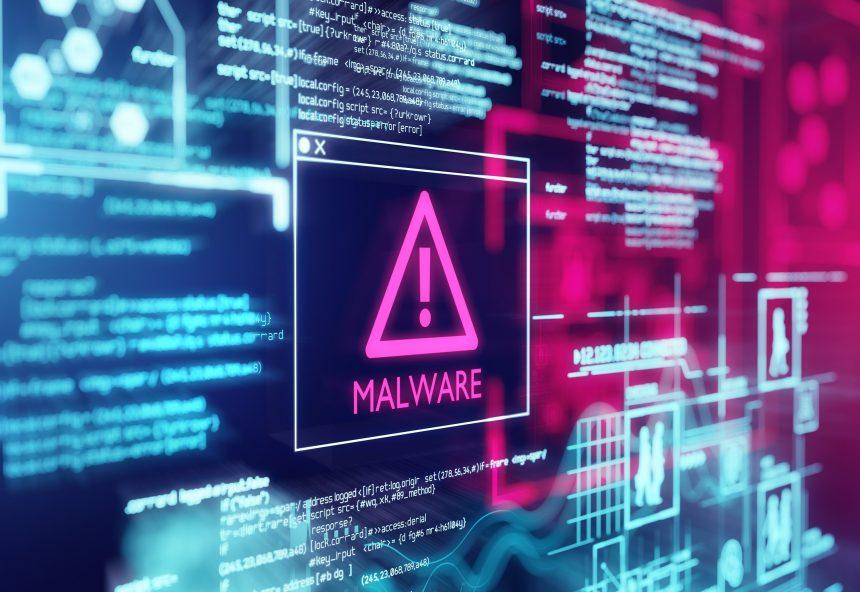Warmcookie is a recently emerged backdoor Trojan, notorious for its ability to infiltrate systems, steal sensitive information, and deploy additional malicious payloads. First identified in April 2024, it has quickly become a significant threat, particularly to commercial, manufacturing, and healthcare sectors.
Actions and Consequences
Upon infection, Warmcookie immediately begins its malicious activities, which include:
- Deploying additional malware: It acts as a conduit for other types of malware, making the initial infection only the beginning of the problem.
- Data theft: Warmcookie captures screenshots and logs keystrokes, sending this data to remote servers controlled by cybercriminals. This data can include sensitive information like passwords, credit card numbers, and personal messages.
- System compromise: The malware gains elevated privileges, allowing it to execute commands with system-level authority, making it difficult to detect and remove.
Detection Names and Similar Threats
Warmcookie is detected by various antivirus programs under different names, such as:
- Trojan:Win32/Warmcookie
- Backdoor:MSIL/Warmcookie
Similar threats include:
- Emotet: Another notorious Trojan known for spreading malware.
- TrickBot: A malware strain used for stealing financial information.
- Ryuk: A ransomware that often follows initial infections by Trojans like Emotet and TrickBot.
Detailed Removal Guide
Step 1: Initial Actions
- Disconnect from the Internet: Prevent further data leakage and communication with the attacker’s server.
- Boot in Safe Mode: Restart your computer and press F8 (or Shift + F8) before the Windows logo appears, then select Safe Mode.
Step 2: Uninstall Suspicious Programs
- Open Control Panel: Go to Programs and Features.
- Find and uninstall suspicious programs: Look for recently installed programs that you do not recognize and uninstall them.
Step 3: Terminate Malicious Processes
- Open Task Manager: Press Ctrl + Shift + Esc.
- Identify and terminate malicious processes: Look for processes with unfamiliar names, right-click, and select End Task.
Step 4: Remove from Startup
- Open System Configuration: Press Win + R, type
msconfig, and press Enter. - Go to the Startup tab: Disable suspicious entries.
Step 5: Clean the Hosts File
- Navigate to the Hosts file: Go to
C:\Windows\System32\drivers\etc\hosts. - Open with Notepad: Remove any suspicious entries and save changes.
Step 6: Delete Scheduled Tasks
- Open Task Scheduler: Search for Task Scheduler in the Start menu.
- Remove suspicious tasks: Look for tasks with unfamiliar names and delete them.
Step 7: Check DNS Settings
- Open Network Connections: Press Win + R, type
ncpa.cpl, and press Enter. - Check properties of your network adapter: Ensure DNS settings have not been altered.
Step 8: Clear Browser Extensions
- Open browser settings: Go to More Tools > Extensions.
- Remove suspicious extensions: Delete any that you do not recognize.
Step 9: Scan for Registry Changes
- Open Registry Editor: Press Win + R, type
regedit, and press Enter. - Search for Warmcookie entries: Press Ctrl + F and search for Warmcookie. Delete any related entries.
Prevention Best Practices
- Be cautious with emails: Avoid clicking on links or downloading attachments from unknown senders.
- Regular software updates: Keep your operating system and software up to date to patch vulnerabilities.
- Use strong passwords: Employ complex passwords and change them regularly.
- Backup your data: Regularly back up important files to an external drive or cloud storage.
- Educate users: Inform employees and family members about the risks of phishing and how to recognize suspicious activities.
By following this comprehensive guide, users can effectively remove Warmcookie from their systems and adopt best practices to prevent future infections. Stay vigilant and proactive in your cybersecurity efforts.





